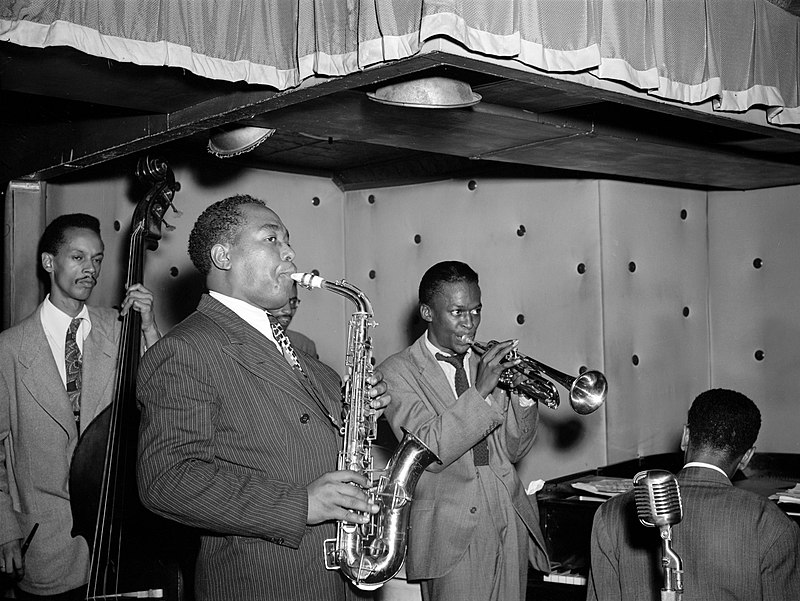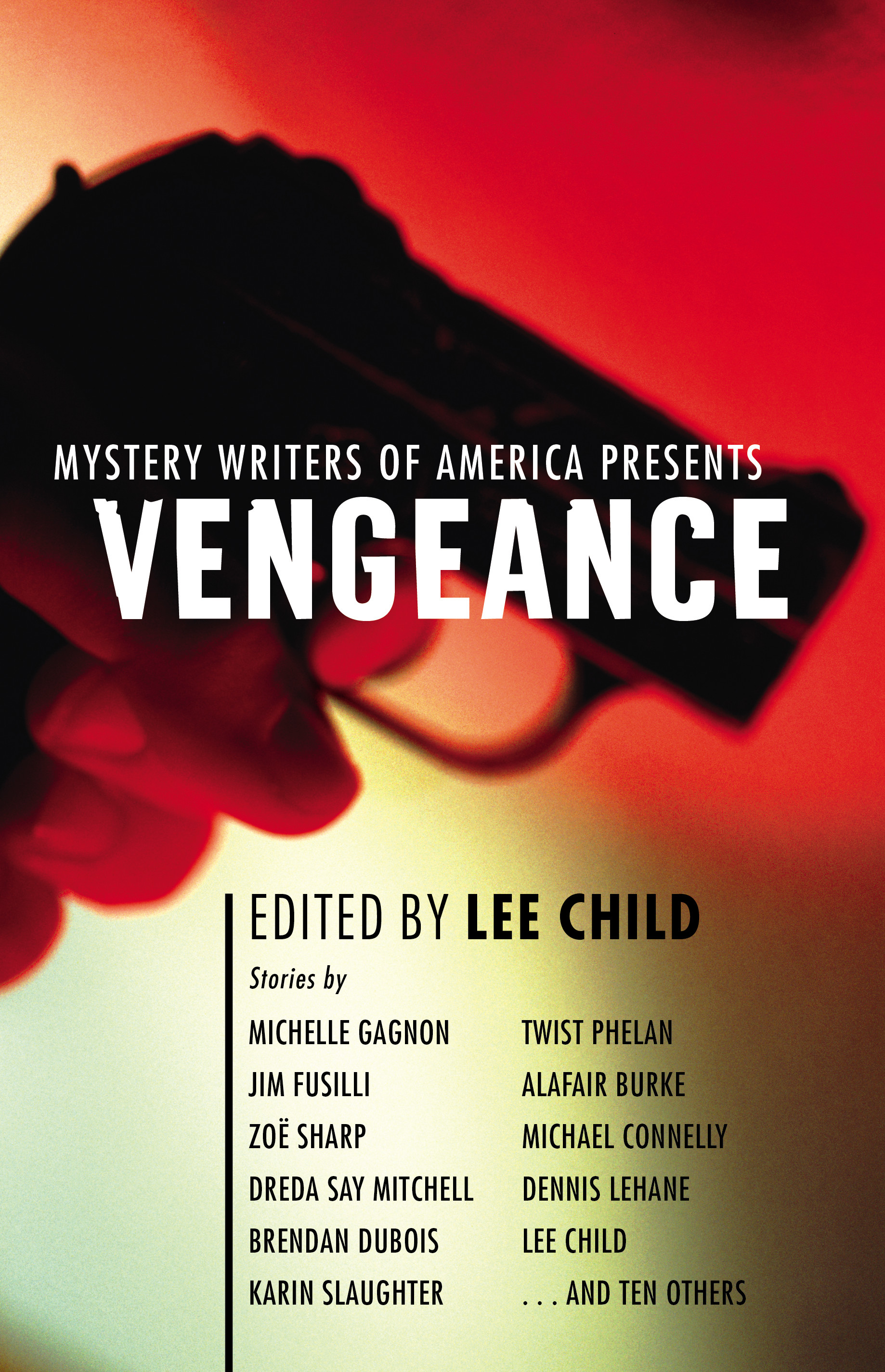 It's been 22 years since editor Andrew Gulli launched the rebirth of The Strand Magazine, which was originally published in London and turned out 711 monthly issues from 1891 to 1950. The new version is quarterly instead of monthly and published in the U.S., but still includes short fiction by some of the world's best-known writers.
It's been 22 years since editor Andrew Gulli launched the rebirth of The Strand Magazine, which was originally published in London and turned out 711 monthly issues from 1891 to 1950. The new version is quarterly instead of monthly and published in the U.S., but still includes short fiction by some of the world's best-known writers.And, occasionally, by me. My latest story there, "Biloxi Bound," is my 19th in The Strand, and its path to publication turned out a little different.
Creation
Everything started off as usual. I wrote it the way I write most of my stories: I came up with a plot, I then created a few of what I hoped were interesting characters (six, in this case) to do what needed to be done, I plugged in a couple of storyline reversals (I can't resist that, no matter what), and during the rewriting phase I tried to smooth out any problems that popped up. The whole thing took about three weeks--two weeks of brainstorming and a few days of writing and editing. The writing itself went pretty fast, as it usually does, because I'd spent so much time putting together a mental outline beforehand. As I've said before at this blog, I admire the seat-of-the-pantsers who don't have to bother with all that planning, but this is the way I do it, and the process is actually fun for me.
Anyhow, when I was done with the story I started looking for a place to send it. Stories of mine don't sit around the house long--I kick them out and tell them to go try to make something of themselves. The embarrassing thing is, I always advised my writing students to let their work cool off for a few days or weeks before submitting it . . . but I rarely do that, myself. I probably should. I also told them to do as I say and not as I do.
Submission
My first mystery-market choices for this story were the same as always: AHMM, EQMM, The Strand, Black Cat Mystery Magazine, Mystery Weekly, Down & Out: The Magazine, maybe two or three more. There weren't any current anthology calls that seemed to match my story, and Woman's World wasn't a possibility because of the story's length and format. I should mention also that those half-dozen publications that I listed meet all the requirements I think are important. They pay their writers, they reach a lot of readers, and they have editors I know and respect.
If I remember correctly, I chose Strand Magazine for this story because I thought it might be a good fit for them in a couple of ways: subjectwise, it was a modern-day urban crime story with all kinds of gangster involvement and plot twists, and lengthwise, it was about 4800 words (their sweet spot is between 2K and 6K). But one never knows. I had sent The Strand several other stories over the past months that seemed to fit also, and I'd never received any word back about those. In military terms, they were deployed but MIA. Regardless, I had a pretty good feeling about this one, so one morning in mid-February I sent it in and crossed my fingers.
Acceptance
I was pleasantly surprised. The editor emailed me only a few days later, saying he wanted to publish it. The quick turnaround was unusual, but not quite a record; I once had a short story accepted via email two hours after submission to an overseas market (but that's, literally, another story). Record or not, I was pleased. I did find myself wondering, though, which issue this story would wind up in. The acceptance note didn't say. I figured it was too late for it to make The Strand's Feb-May issue (sometimes called the Spring Issue), which usually comes out in early March. The truth is, it didn't matter a lot--I was just happy that the story had found a good home.
As fate would have it, the editor emailed me a day or two later to tell me they had decided to rush my story into the Spring Issue, so it would be on newsstands shortly and I would be getting my contributor's copy right away. Another fast and unexpected turnaround.
And then everything changed.
Obstacles
As the Covid-19 cases appeared and began to spread here in this country, I kept writing and sending out stories as always, but I started noticing delays across the board, at several markets--delays in payments, responses, contributor's copies, subscription copies, anthology edits, and publication of already accepted stories. Especially in the case of my Strand story. I heard nothing more about it or the issue or the magazine for several months. Throughout March, April, May, and most of June, their website and Facebook page continued to say the "current issue" was still the Holiday Issue (Oct-Jan). Once I thought about it, though, I realized the silence wasn't that surprising--The Strand is published in Birmingham, Michigan, and nearby Detroit was hit fairly early and fairly hard by virus outbreaks. I could picture a mostly empty building and a staff struggling to do their work from home.
I certainly didn't inquire about it. I figured the folks at the magazine, and everyone else too, had more to worry about than listening to the whining of an impatient author. I just kept writing other stories and sort of forgot about it.
Publication
So I was all the more pleased to see a post at the Strand Facebook page in late June announcing the publication of the delayed Spring Issue. Shortly afterward, from its description on their website, I found that the issue also contains stories by Irish author Eoin Colfer and The Papers of Sherlock Holmes author David Marcum, and a previously unpublished story by Louisa May Alcott. There's also an interview with Alan Furst. I've not yet seen anything except the cover, but I expect my subscription copy and contributor's copy will be here soon. The issue might be on the shelves of my local bookstores right now, for all I know, but I haven't darkened their doors since early March.
As for my story itself, "Biloxi Bound" is a tale about two brothers, Mitch and Danny White, who own and operate a small diner called the White House in an unnamed northeastern city. The problem is, their cafe's neighborhood has become a hotbed of violent crime, and there are even rumors that a Chicago mobster has recently moved into the area. As their business steadily declines, one of the brothers, Danny, comes up with the idea that they should relocate to the relatively obscure (and considerably warmer) Mississippi Gulf Coast, a region that he's heard features wealth and casinos on the one hand and regular old country folks on the other. Mitch agrees; it sounds like a plan. But there's also a growing romantic relationship between Mitch and a mysterious customer at the diner, and--as you might guess with this kind of story--crime arrives in a big way at the White House before the two can make good their escape.
So that's the lowdown on this story and the strange trip it took to get into print. Have the rest of you experienced similar delays or other problems at the markets you work with? Are they still ongoing (the problems, not the markets)? How has that affected you and your literary output? How has the pandemic in general affected your output? If you're isolating yourself, and I hope you are, are you treating that isolation as a rare break from work or a chance to produce even more? I've heard some writer friends say they're writing like never before, and others say they've had writer's block ever since all this began.
In closing, I have a piece of good news. Yesterday afternoon The Strand accepted another of my stories, this one submitted several months ago. Once again they didn't specify when it'll be published, but I'm not complaining. I'm just pleased it got a thumbs-up. I wish all my stories did, the first time out.
As for "Biloxi Bound," if you happen to read it I hope you'll like it. With the world as it is, you might see it before I do.
Wait a second. Was that the mailman I just heard . . . ?























